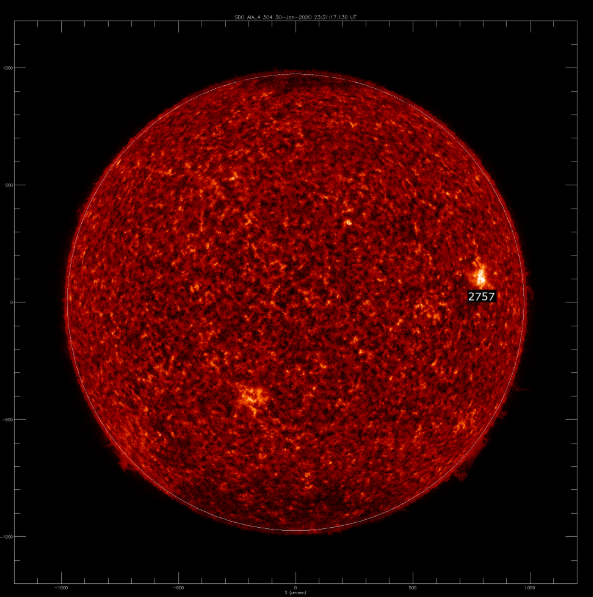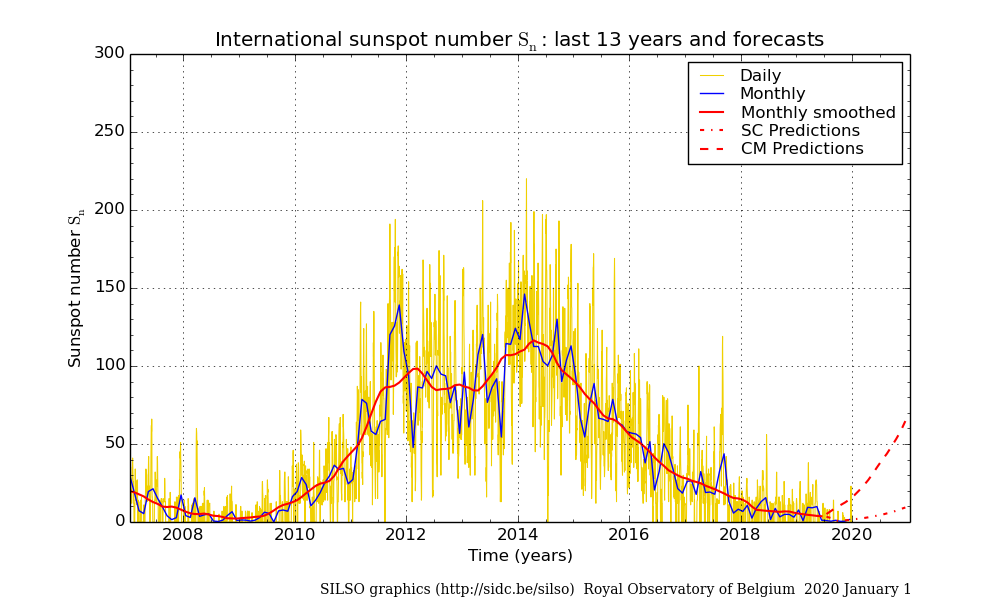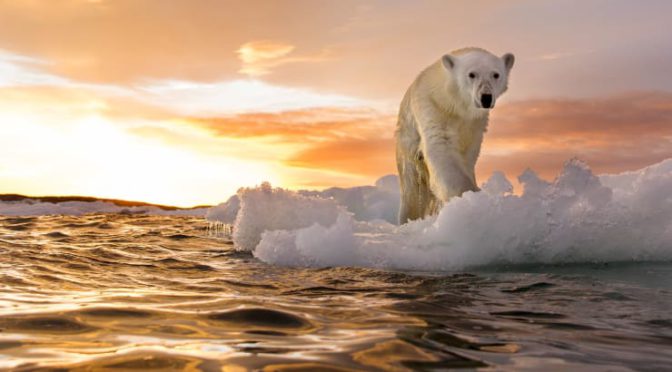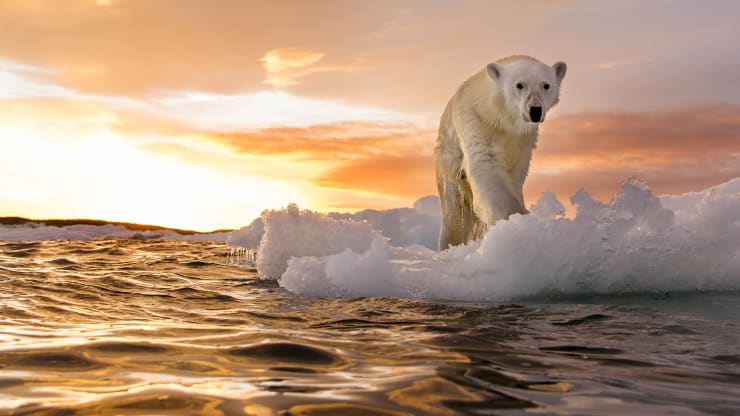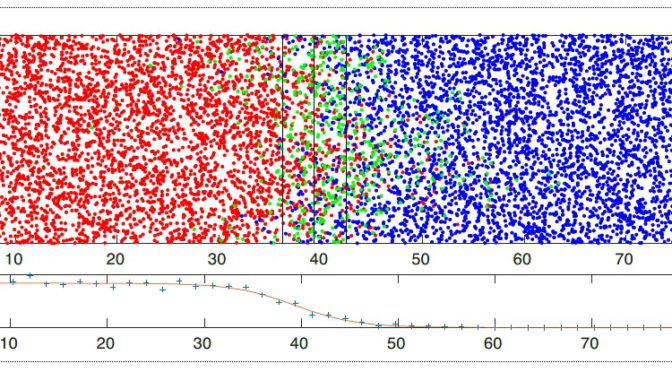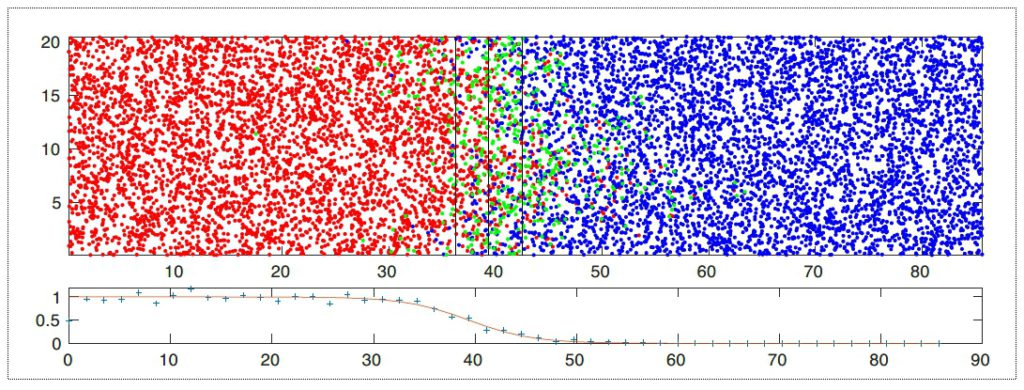This post does NOT contains images of deceased Australian Aboriginals – some Australian Aboriginal people find seeing the images and or hearing names of the deceased disturbing as it may disturb that person’s spirit.
Australian Aboriginals were hunter gatherers surviving on “Bush Tucker” and photographs of traditional tribal groups in the 1800s showed that they were impressively muscular, toned and lean.
The Aboriginal diet consisted of upwards of 6,000 indigenous herbs (Eastwood, 2012), spices, vegetables, animals, birds, reptiles, insects, fruits and flowers (Mooney, 2015). Flora that was consumed in the Indigenous diet included seeds, peppers, fruits, citrus, berries, and more. Mountain pepper, bush tomatoes, muntries, lemon myrtle, wattle-seed, native pepper berries, native mint and honey are just some of the native flora that gave flavour to Indigenous food (Eastwood, 2012).
The main source of protein was the abundant and varied Australia wildlife including Kangaroos, Wild Turkeys, Possums, Emus, Anteaters, Lizards and Snakes and fish and shellfish along the coast and in rivers.
For 40,000-50,000 years, plants played a supplementary role in the diet of Australian Aboriginal (AA) hunter-gatherers. Recent insights into nutrient composition and physiological effects of AA foods contribute to the debate on the ‘prudent’ diet and human evolution. A 1998 study by Brand-Miller and Holt evaluated over 800 Aboriginal plant foods, comparing them with modern cultivated foods. Their findings are summarized below.
- A typical 12,500 kJ/3000 kcal diet was characterized as follows
- Energy contribution from plants ~20-40%
- Protein: 22-44 g
- Fat: 18-36 g
- Carbohydrate: 101-202 g
- Fiber: 40-80 g
- Vitamin C: 90-180 mg
- Composition of the Traditional AA Diet:
- Low in carbohydrates, especially starch
- High in dietary fiber
- Carbohydrate Sources:
- Over half from sugars derived from fruit and honey
- Low Glycemic Index:
- Traditional Carbohydrate foods had a low glycemic index
- Resulting in a relatively low demand for insulin secretion
- Potential Protective Effect:
- Low demand for insulin secretion may have protected AA from genetic predisposition to insulin resistance.
- Potential prevention of consequences like non-insulin-dependent diabetes mellitus, coronary heart disease, and obesity.
- Dietary Pattern and Lifestyle:
- The dietary pattern and active lifestyle of recent hunter-gatherers like AA could serve as a reference standard for modern human nutrition.
- It may act as a model for defense against diseases of affluence.
Australian Aboriginal Model Diet
While there is little nutritional information on traditional foods, I have created a diet model based upon Kangaroo and insect meats, seeds and berries. It consists of 450g of roast kangaroo, 50g of Witchetty Grubs, 325g of seeds and 250g of berries for a target caloric intake of ~3,000 kCal reflecting an active lifestyle using 50% of BMI calories. This results in a diet consisting by caloric intake of 30% protein, 22% carbs and 48% fat with more than 100g of fiber. On this basis and considering their active lifestyle they would have been very healthy with intentional and unintentional injury being the major health risks.
Below is the dietary model for the Australian Aboriginal before the arrival of Europeans.
This model diet would have resulted in near optimal potassium, Omega 3, fat, carbs and iron but likely low sodium by modern standards. As with desert dwelling native peoples of SW Africa, Australian Aboriginals would have adapted to a low sodium diet.
Australian Aboriginals may have adapted over a long period of time to a low GI diet resulting in efficient and sparing insulin production. Many Australian Aboriginals now suffer from the health effects of a high carbohydrate diet and diabetes has become a serious issue. It is possible that they are now genetically predisposed to excessive insulin production from a diet which is now high in refined carbohydrates.
Interestingly many in the west are now pursing not dissimilar low GI diets but likely with significantly less fibre. I suspect that cancer rates in Australian Aboriginals were likely very low before the arrival of Europeans.
Eastwood, R. (2012). Australian Cookbook- Outback Bushtucker (pp. 1-5). Wingback Books.













